Capturing Chaos: Mastering the art of capturing festivities, markets and crowds. Photographing festivals.
- Prathibha Muralidhara
- May 23, 2024
- 4 min read
Updated: Feb 3
I will start this blog with complete honesty! Although I am from India, crowds make me nervous and I fear getting claustrophobic and ending up unconscious. Trauma is real you see! But that slowly started to change whenever I held my camera and captured the lights, festivities, and happiness I saw in people. I started enjoying chaos as a photographer more than a visitor.
Photographing festivals and crowded events can be both exciting and challenging. So let me help you! In this blog, I will share my tips and tricks for photographing festivals, markets and crowded places.
I have divided this blog into segments to help you understand and plan your photoshoot better.
Preparing for the shoot
The better you are prepared, the smoother the photo session, especially in a chaotic crowded situation. Therefore planning and preparing the shoot is necessary.
Research the location, the schedule and the key activities. Read about what is known about the event. What are things you should be familiar with and be careful about? If it is an outdoor event or festival, be aware of the weather. Protecting yourself and your camera gear is important.
Good practice for improving your photography and standing out is by researching photos of the event taken by other photographers. Helpsyou discover your creativity.

Suggested Camera Gear
Camera: A DSLR or mirrorless camera with good low-light performance.
Lenses: A versatile zoom lens (24-70mm, 24-105mm or 18-55mm) for wide shots and close-ups, and a fast prime lens (e.g., 50mm f/1.8) for low-light conditions.
Accessories: Extra batteries, memory cards, and possibly a portable charger. Keep in mind charging might be a task in events so charge both of your batteries full.
Phone: A good phone will also do a good job. Use your phone's wide angle lens for such events.
Bonus: Camera raincoat and lens Filters.
Now let us focus on the technical settings which in my opinion are most important for any kind of photography.
Talking about the trio - Shutter Speed, ISO and Aperture
Ideally using a fast shutter speed (1/250 or more), you can freeze motion and with a slower shutter speed you can capture blur very well.
Wider aperture (f4 and below) to blur the background, and a narrower aperture (f10-16) for wide scenes to keep everything in focus. f1.4-1.8 are best for portraits with blurred background.
Increase ISO for low-light situations. But keep it as low as possible for clarity.
Keep on continuous autofocus (AI-Servo for Canon or AF-C) for moving subjects, and single autofocus (One-Shot or AF-S) for stationary subjects.

Scene Composition
This is the toughest of all but these tips can train you to compose the scene in your head and imagine what to focus and what to capture.
Capture the essence of the event in one picture - Either by focusing on a banner, the main attraction, or an information board that tells the viewer what the event or concert is. Add a foreground and/or background to add depth and using masking tools bring some drama with post-processesing.
Capture Movement - Be it a parade, ferris wheel, or music concert, capture the movement at different angles.
If you are allowed (after seeking permission), you can capture faces and expressions of those part of the concert or festival. Use of Steller filter here was a nice touch and added drama to my image.

Use of different photography composition techniques - such as leading lines, rule of thirds can help the photograph look more balanced and dynamic.
Capture smaller details - for example, food is an important part of any concert, festivals and you can include food as a representation of the event. Traditional crafts and from smaller businesses. It not only enhances your photoshoot but also helps the small businesses to promote their product through your content.
But please do not forget to seek prior permission from the store owner if you can photograph, promote their products. This is especially important if you are photographing paintings for example.
Other Additional Tips
Capture sequence shots that can tell a story. And capture a lot of images.
Find a higher or an elevated position to get the crowd in uniformity.
Arrive as early as possible and stay late.
Post-process your images with retouching and editing (I will be writing a separate post on this!)
Be aware of privacy and permissions. Be aware of data security, whats allowed and what is not! Especially when it comes to capturing portraits of people.
I hope this has intrigued the curiosity in shooting the chaos and this blog will help you plan it better and give you ideas. I will be very happy if you need to chat/discuss further on this topic.
That's it from me and I wish you all a perfect weekend!
Hello, thanks for visiting my blog! If you have learnt something here and if this post helped you say thank you by buying me a coffee! It helps creatives like me run this platform and blog.

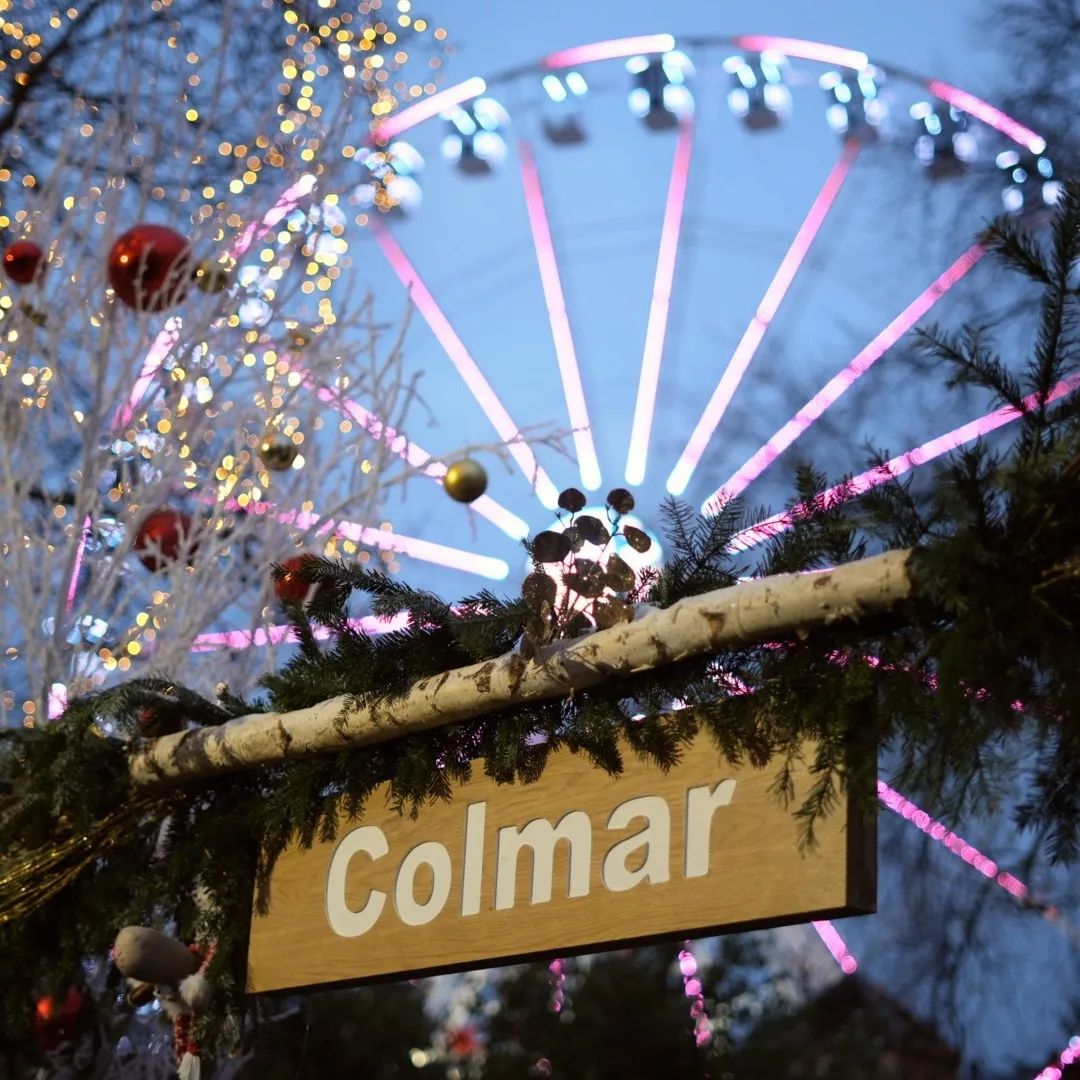
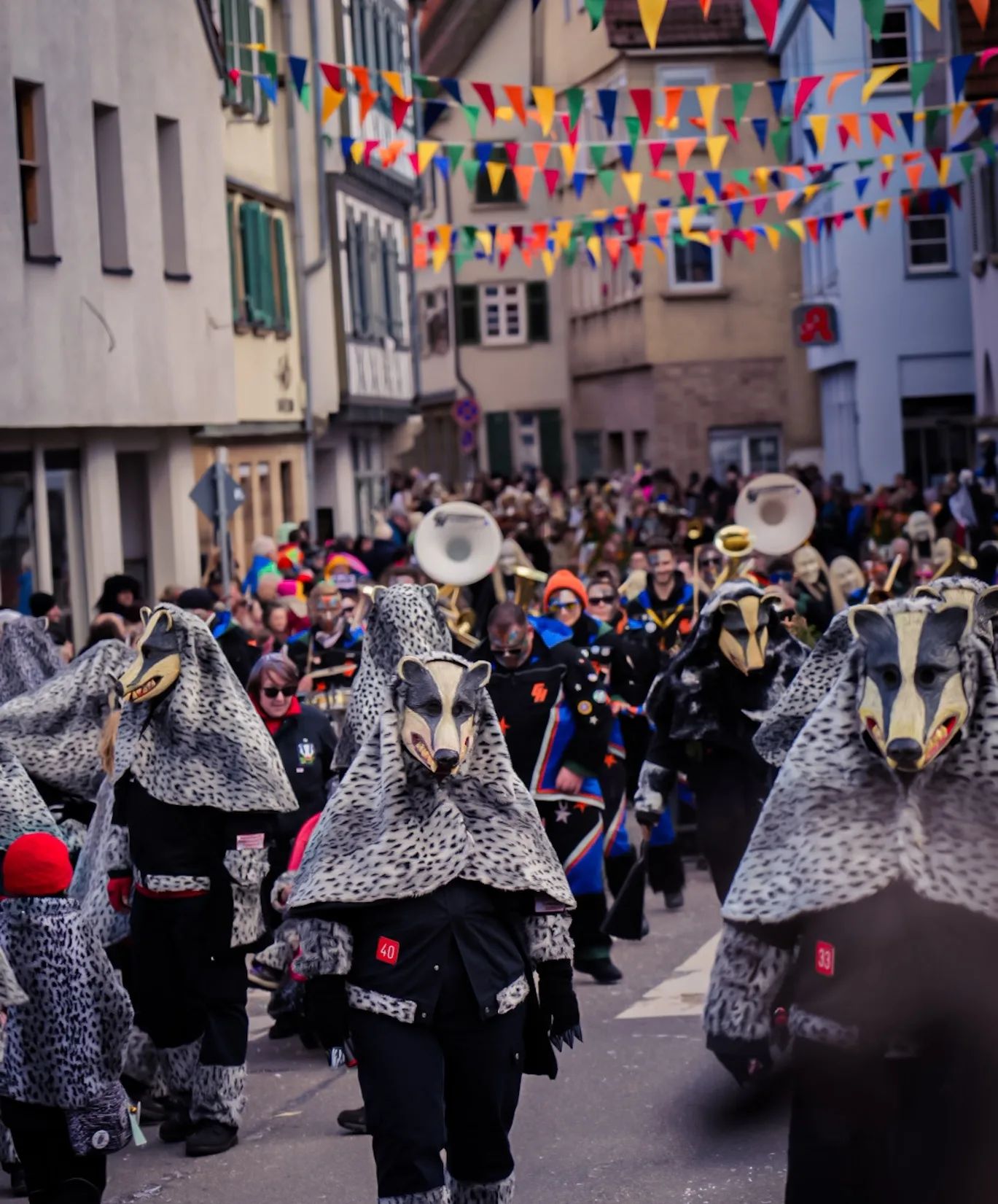

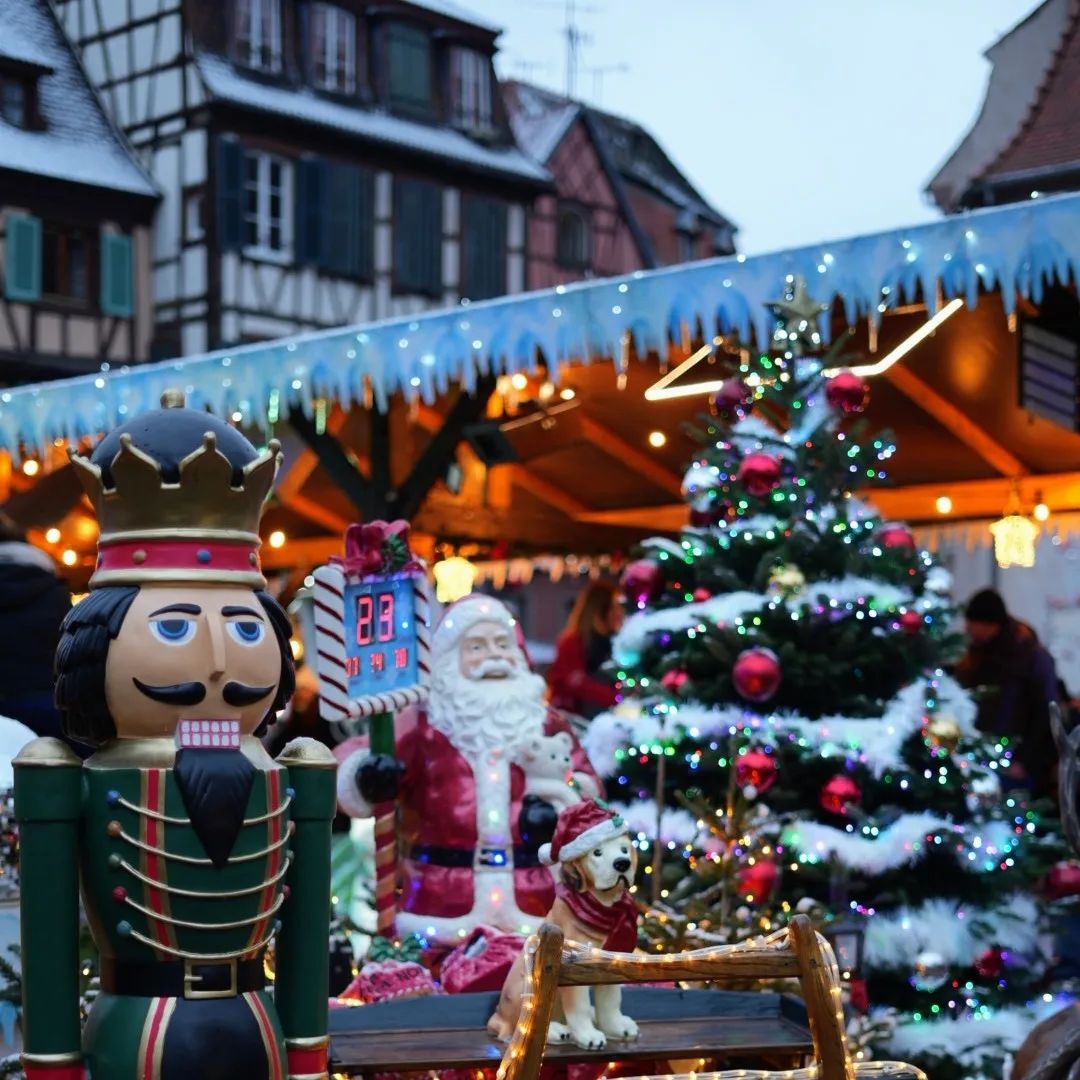
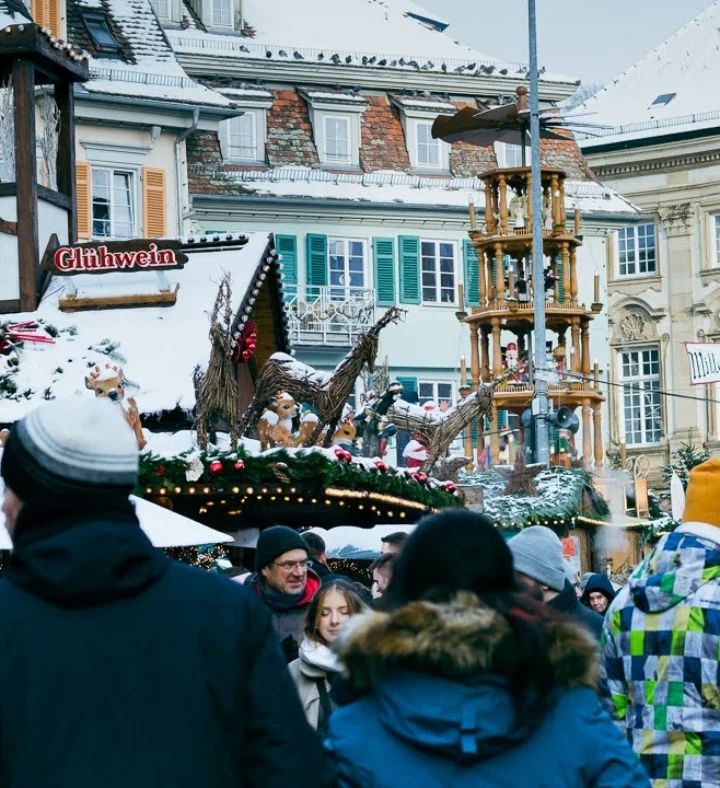
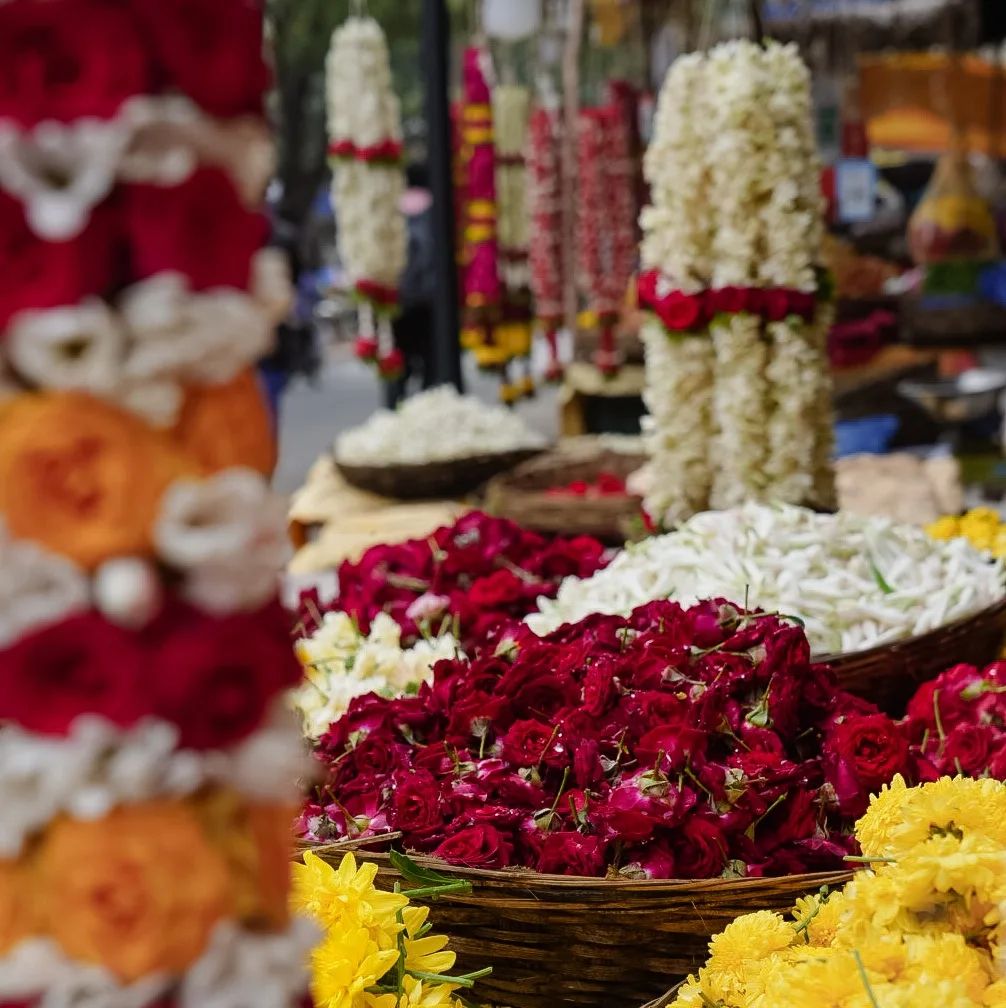




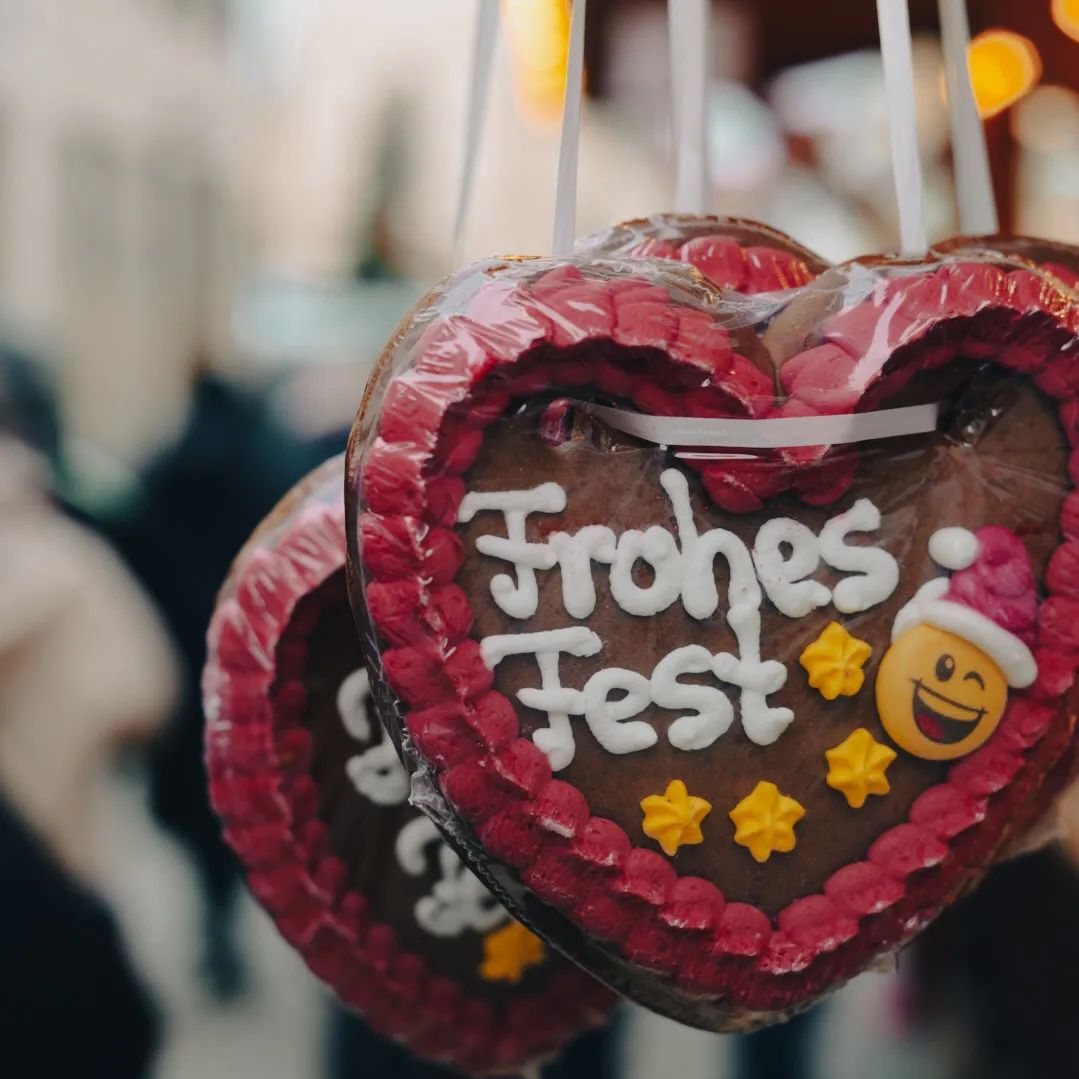

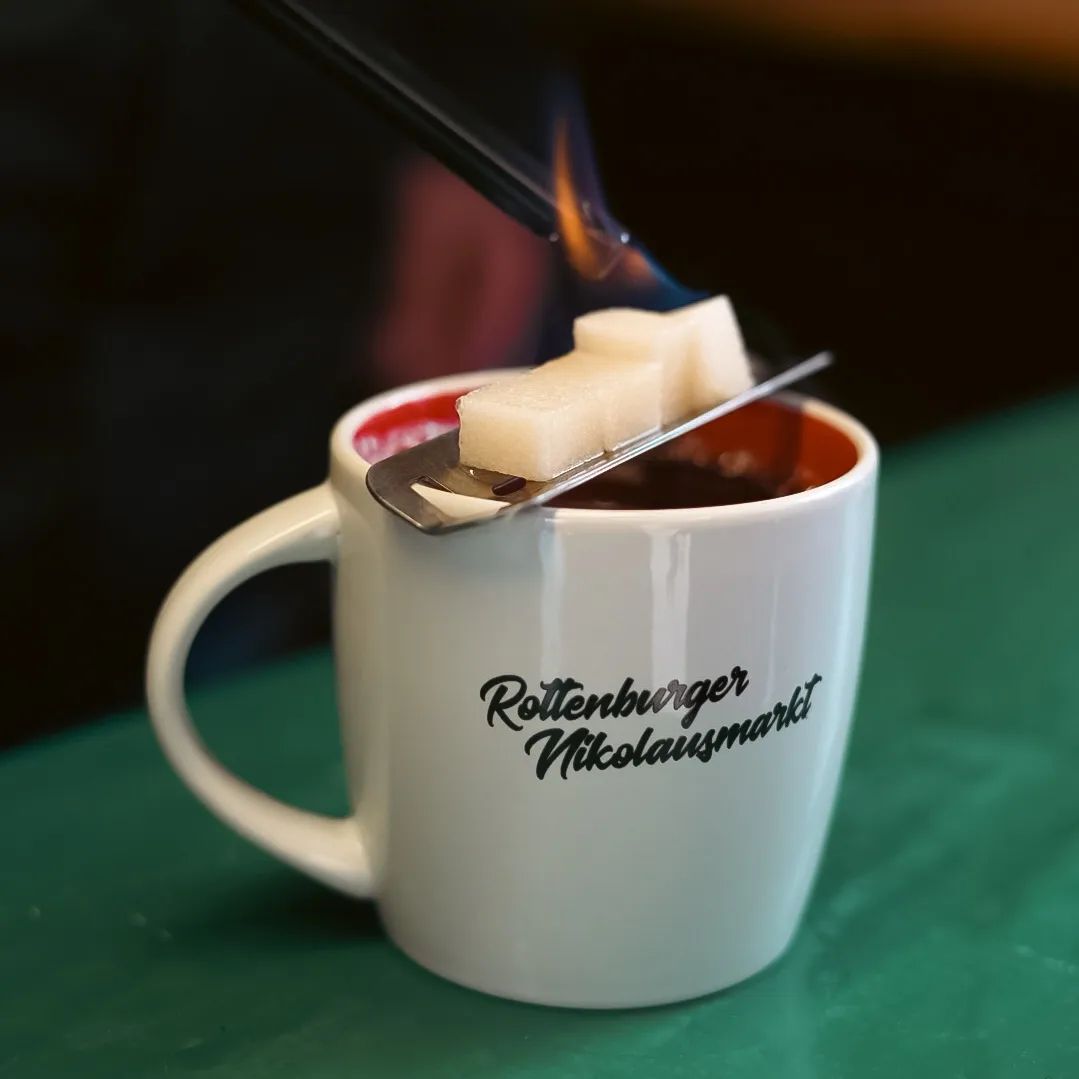



Comments